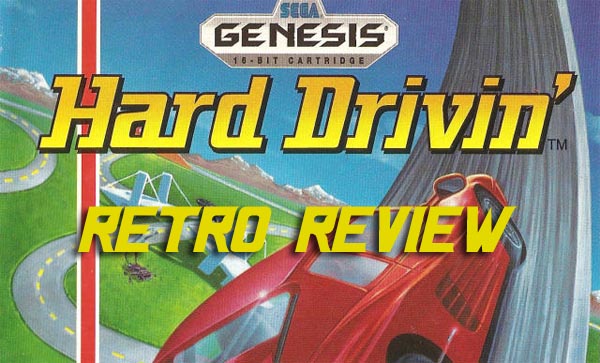In an era where most home gaming consoles were couldn’t produce anything more than simple 8-bit sprites, video game companies did have to occasionally get a little…creative with their marketing. This goes double for Tiger, whose LCD games were about as immersive as…well I don’t think there is anything less immersive then a Tiger LCD game. So naturally, Tiger encouraged the kids of the eighties to imagine their own arcade experience! After all, who needs stereo surround sound, fluid super scaling graphics and a full motion cabinet when you have the power of you mind?! This kid certainly doesn’t. He even brought his own flight helmet!
To be fair though, throwing a kid into a jet fighter was a pretty common way to market the game. SEGA took it a step further with their Master System commercial. This kid didn’t just imagine flying through some hazy clouds, he imagined a whole damn plane! The kid from Suburban Commando, which we highlighted earlier this week, even took it a step further by completely changing the setting of the game, complete with some new enemies.
If there’s anything I miss about games from the 8 and 16 bit era, it’s how vague their stories and characters were. Sure, I love having deep, interesting characters and engaging stories in my games, but an unfortunate side effect of this is that we can’t let our imaginations run wild about the nature of the game’s world and characters anymore. Oh well, I guess we’ll always have the imaginary jets of our childhoods at least, right?





